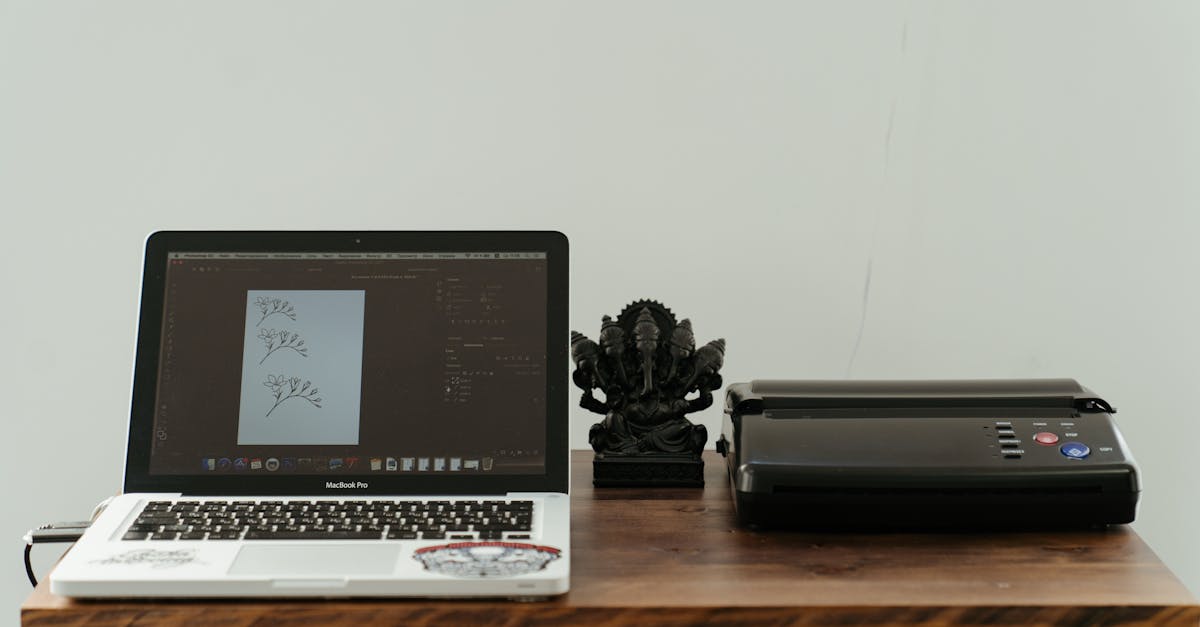The Evolution of Feather Flag Printing

Environmental Considerations in Feather Flag Printing
Feather flag printing has come a long way in terms of environmental considerations. The printing industry has started to shift towards more sustainable practices to reduce its impact on the environment. One crucial aspect is the use of eco-friendly inks and dyes, which are free from harmful chemicals and minimise the release of pollutants into the environment. By opting for these environmentally-friendly alternatives, businesses can contribute to a greener printing industry and demonstrate their commitment to sustainability.
In addition to using eco-friendly inks and dyes, quality control measures play a significant role in minimising waste and reducing environmental impact in feather flag printing. Regular print inspections help to ensure that the printing process runs smoothly, minimising errors and avoiding reprints that could result in unnecessary waste. These measures not only improve the overall quality of the printed feather flags but also contribute to a more sustainable and eco-conscious printing process.
Use of EcoFriendly Inks and Dyes
Feather flag printing has made significant advancements in recent years, especially with the adoption of eco-friendly inks and dyes. The shift towards using environmentally sustainable materials showcases the industry's commitment to reducing its carbon footprint. By opting for eco-friendly options, companies are not only contributing to a cleaner environment but also ensuring that the production process aligns with modern sustainability standards.
The use of eco-friendly inks and dyes in feather flag printing also results in vibrant and long-lasting prints. These environmentally conscious materials offer a high level of colour accuracy and saturation, ensuring that the final product meets the desired quality standards. Moreover, by investing in eco-friendly options, businesses are sending a positive message to their customers about their dedication to eco-conscious practices.
Quality Control Measures in Feather Flag Printing
Quality control measures play a crucial role in ensuring the high quality and durability of feather flags. One key aspect of quality control in feather flag printing is conducting regular print inspections throughout the printing process. By inspecting the flags for any inconsistencies or imperfections, manufacturers can identify and rectify any issues promptly, ensuring that the final product meets the desired standards.
Another important quality control measure is maintaining the printing equipment to ensure consistent and accurate printing results. Regular maintenance and calibration of printing machines help to prevent issues such as misalignment, colour inaccuracies, or smudging, which can affect the overall quality of the printed feather flags. By keeping the equipment in optimum condition, manufacturers can produce feather flags that are vibrant, sharp, and visually appealing, meeting the expectations of customers and enhancing the overall printing process.
Importance of Regular Print InspectionsTop 10 Benefits of Dye Sublimation Printing for Feather Flags
Regular print inspections play a vital role in the feather flag printing process. These inspections ensure that the quality of the print remains consistent throughout the production. By conducting thorough checks at various stages, such as during pre-print, mid-print, and post-print phases, any potential issues or inconsistencies can be identified and rectified promptly.
Inspecting the print regularly helps to maintain the integrity of the design and ensures that the final product meets the desired standards. Small errors or imperfections that may go unnoticed initially can be caught during these inspections, preventing any major flaws from affecting the overall outcome. Additionally, regular print inspections signify a commitment to quality control and uphold the reputation of the feather flag printing industry for producing high-quality, visually appealing flags.
Customization Options for Feather Flag Printing
Personalised design templates play a crucial role in the process of feather flag printing. They offer a unique opportunity for businesses and individuals to customise their flags according to their specific needs and preferences. By utilising these templates, customers can create flag designs that accurately represent their brand identity, message, or event theme.
With personalised design templates, customers have the flexibility to choose from a wide range of colours, fonts, images, and layouts to create a flag that stands out and grabs attention. Whether it's for advertising a business, promoting an event, or simply adding a personal touch to a space, customised feather flags allow individuals to express their creativity and make a lasting impression. The ease of use and level of control offered by these templates make them a popular choice for those looking to make a statement with their flag printing.
FAQS
What are some environmental considerations in feather flag printing?
Feather flag printing now focuses on using eco-friendly inks and dyes to reduce the environmental impact of the process.
Why is the use of eco-friendly inks and dyes important in feather flag printing?
Eco-friendly inks and dyes help minimise the harmful chemicals released into the environment during the printing process, making it more sustainable.
How are quality control measures implemented in feather flag printing?
Quality control measures in feather flag printing involve regular print inspections to ensure that the final product meets the desired standards of quality and accuracy.
Why is it important to conduct regular print inspections in feather flag printing?
Related Links
Roundup: Latest Trends in Feather Flag PrintingReview of the Best Printing Equipment for Feather Flag Printing
Top 10 Materials for Feather Flag Printing
What Factors Affect Colour Matching in Feather Flag Printing
Why Finishing Techniques Matter in Feather Flag Printing
Why Quality Control is Important in Feather Flag Printing
What Materials are Used for Feather Flag Printing
Top 10 Benefits of Dye Sublimation Printing for Feather Flags